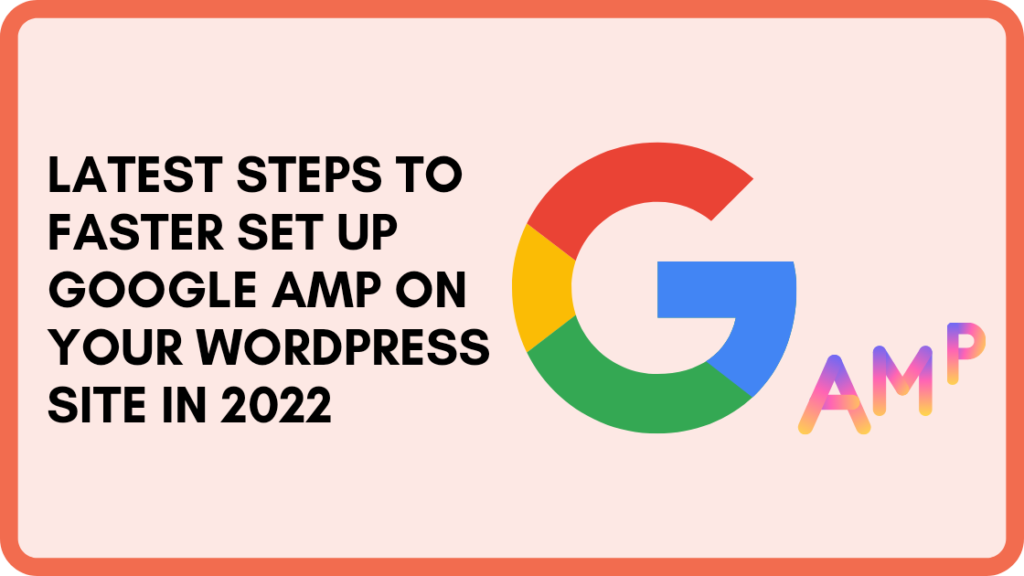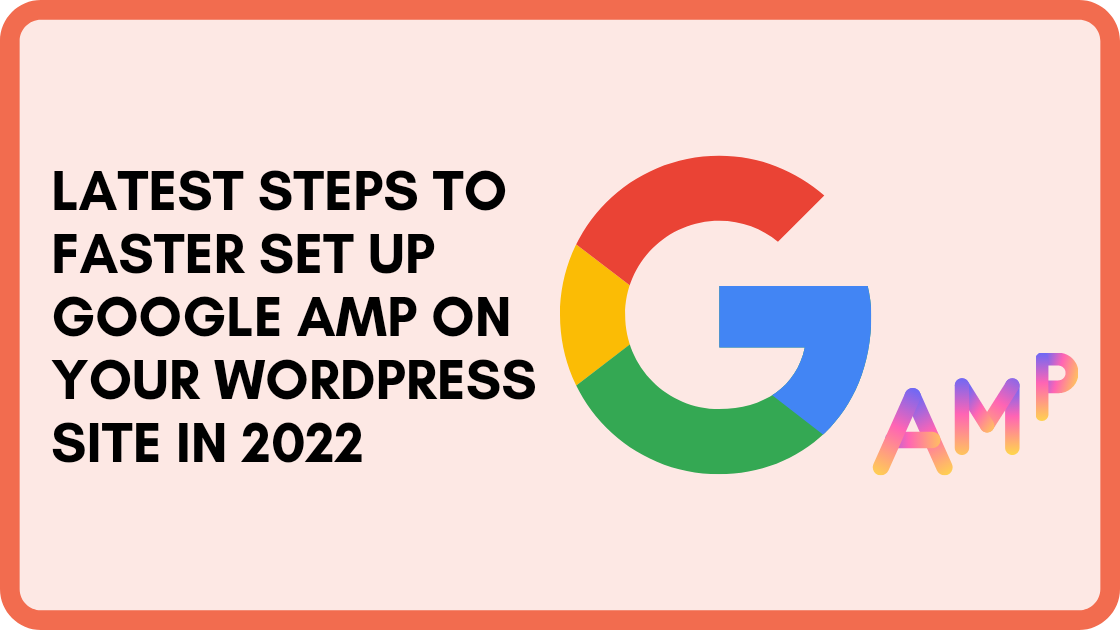You will earn 0.5 $ after click on and and visit this pages
Amount will be transfer into timebusks account after 5 hours
Do you need to make your WordPress websites make use of Google AMP? This is a simple question that has complex answers.
In the year 2015 Google announced the AMP Project as a method to boost the performance of mobile websites and enhance the experience for users of mobile devices. Automattic declared that they would offer AMP in October 2015.

The AMP plugin was released available through the WordPress Plugin Repository, which allows users to add AMP functionality to your WordPress website. The first plugin was rather a basic affair, however, significant improvements have been made in the years since.
In this article, we’ll explain the way AMP functions, how you can make use of it in conjunction with the AMP plugin as well as an alternative.
And finally, the best way to improve the speed of your website for all users using WP Offload Media and SpinupWP without the need for AMP or any other plugin.
What is Google AMP?
An AMP page is a distinct version of a standard web page that is created using AMP HTML, which is a subset from regular HTML, with a few tags that are replaced by specific AMP equivalents, such as.
Google also demands AMP pages to incorporate into their sites the AMP JS library that provides optimizations for your site.
One reason to use AMP pages was the fact that they load faster on mobile devices. While this may be the case, the main reason was that Google granted websites with AMP advantages when they introduced their Top News carousel.
Google declared that they will end the practice by June 2021 rather than using the site’s Core Web Vitals for speed and responsiveness and visual stability to show that the website is fast to load and provide users with an enjoyable experience.
AMP has been a source of controversy since the beginning.
Some of the criticisms directed against the standard developed by Google include that “it’s not good for the way the web is constructed” as well as because it “keeps users in Google’s realm and diverts users away from other sites” as well as that “Google has made it mandatory for websites…to make AMP variants of posts”.
Even Google’s shift to an open-government model has not been able to disarm critics.
In the last few days, Google has been accused of increasing the loading speed of non-AMP sites to provide AMP pages a “nice comparison boost”.
The accusations stem from an antitrust lawsuit filed against Google in 16 US states as well as Puerto Rico.
While there are some debates, AMP pages do tend to load fast. According Daniel Smullen of Mediahuis IRL said to SearchEngineLand, “Whether Google artificially increased the comparability of AMP with non-AMP the speed-boosting effect on the AMP Cache isn’t an untruth.”
Installing and using the Google AMP plugin
When the plugin first introduced when it was first released, when it was first released, a WordPress AMP page would often look quite different from the non-AMP version of the identical page.
There were many reasons behind this, such as an issue with custom CSS isn’t used on AMP pages. It is evident in the screenshot below which was taken at the time we first started looking at AMP in the year 2016.
Does Google AMP perform better?
As I mentioned in the past as I noted earlier, the AMP plugin can create pages that look exactly like their non-AMP counterparts, so you’re using an AMP theme that is WordPress-friendly such as Twenty Twenty-One.
We’ll explore other themes later. At present, I’d like to conduct some speed tests to see whether AMP can live up to its claims. The visual appearance is identical, however, the most important thing to determine is whether or whether the AMP version is faster to load.
My sample blog post is light in the beginning only one tiny image file and a little bit of text. It’s likely to take a while to load, regardless of what.
To make AMP an extra bit of an opportunity, I designed an entirely new page with one image block and an image gallery block. I then gathered some images to fill it.
It’s best for optimizing your photos for speedy loading however I did not do it. I couldn’t see any value in making it easy to load for your AMP page.





